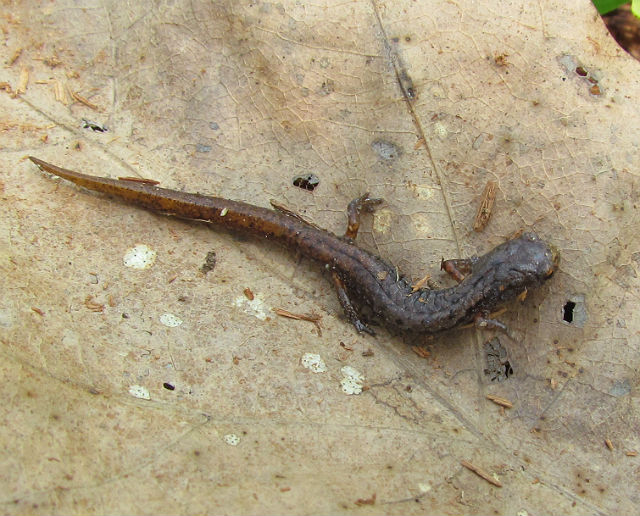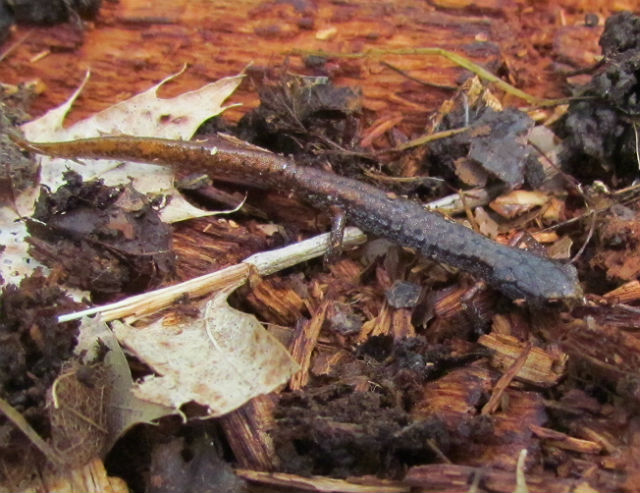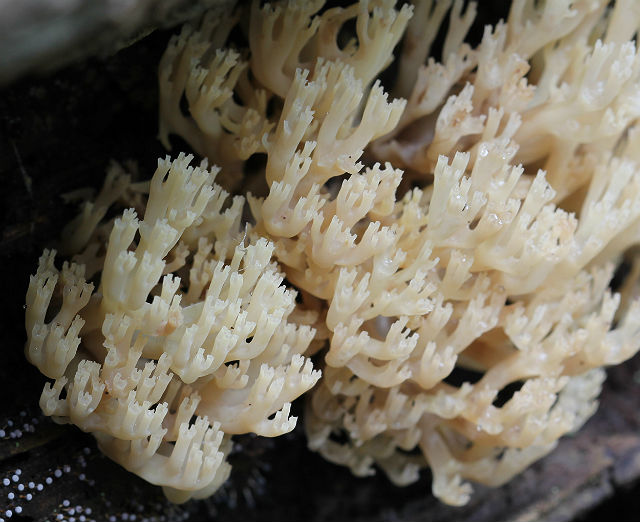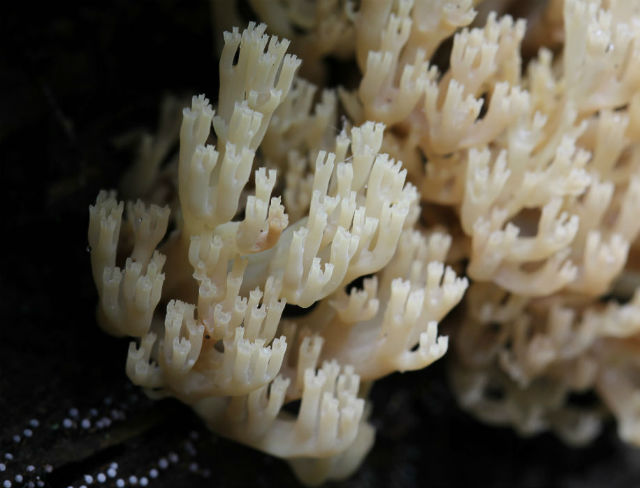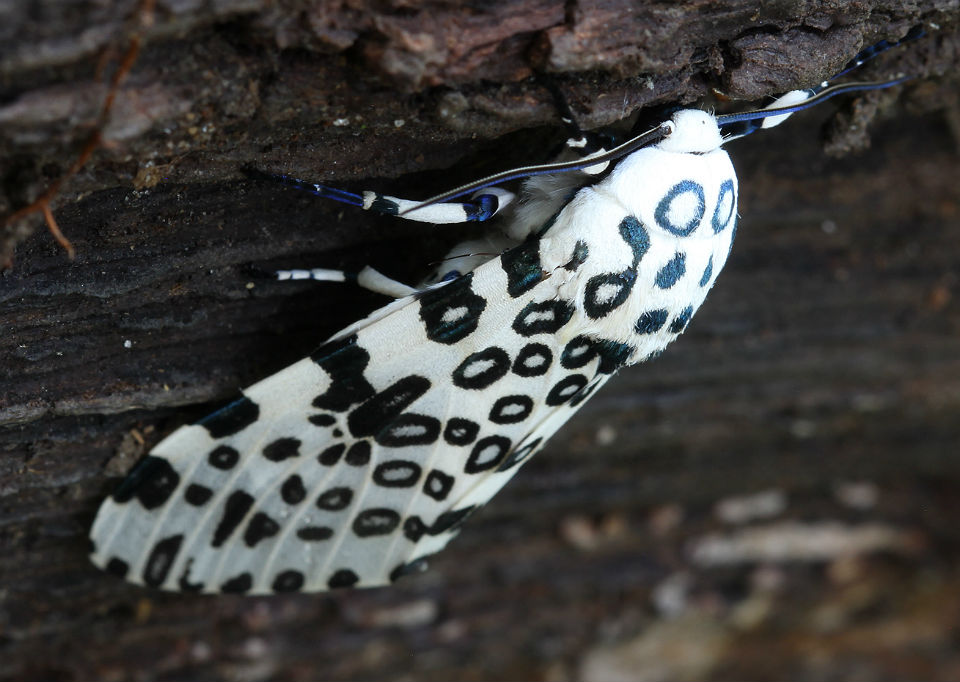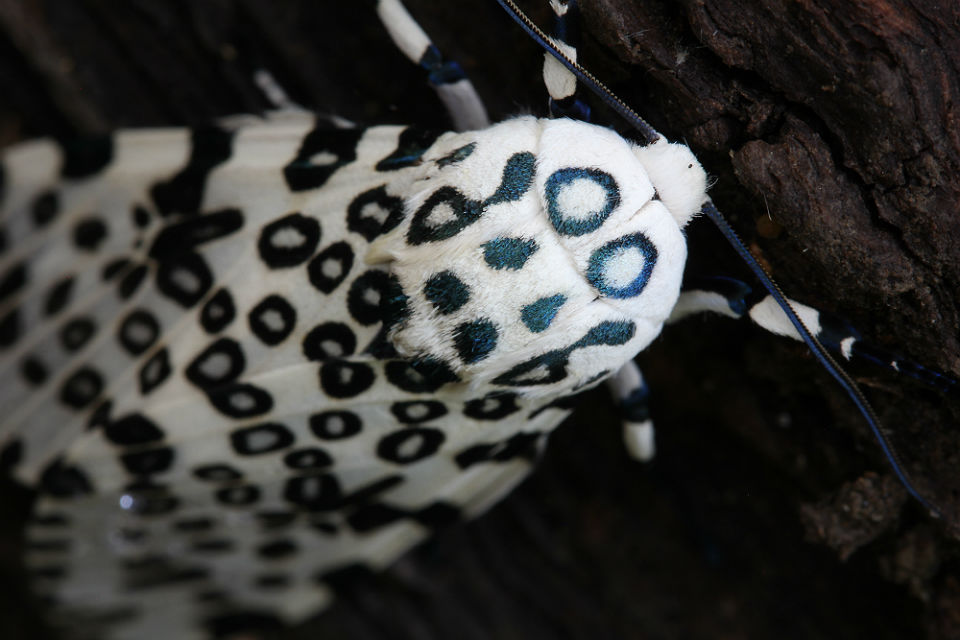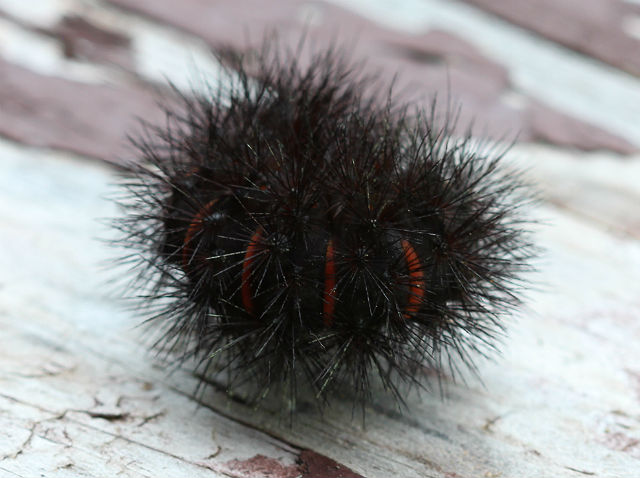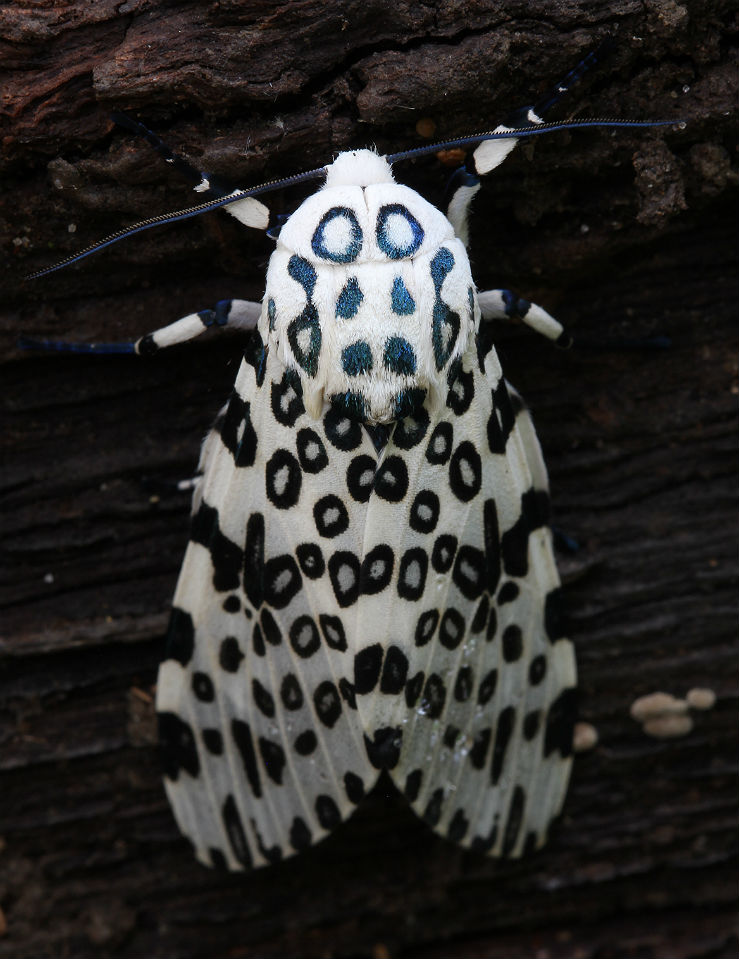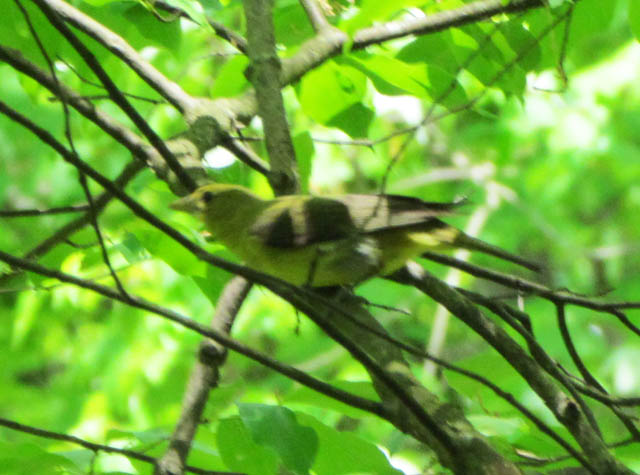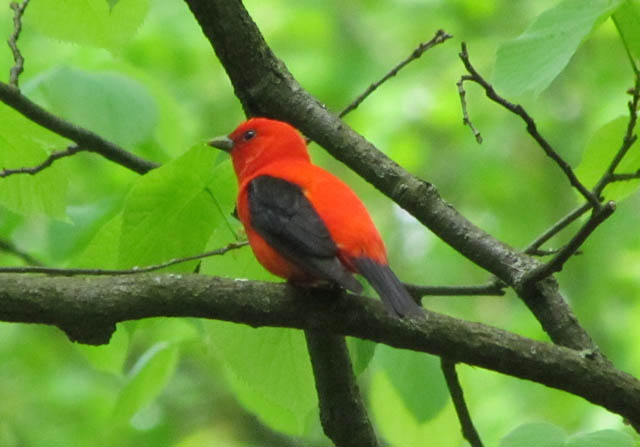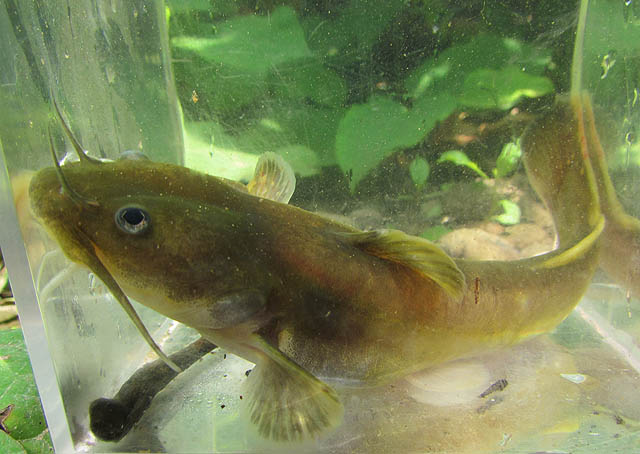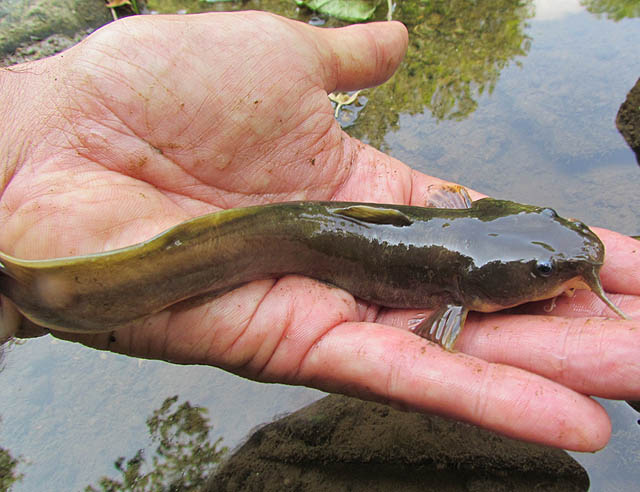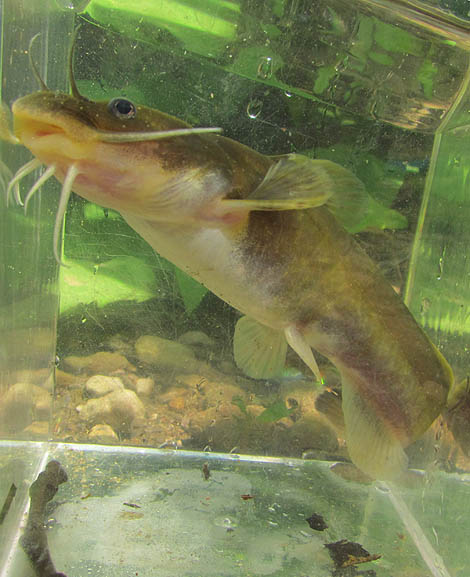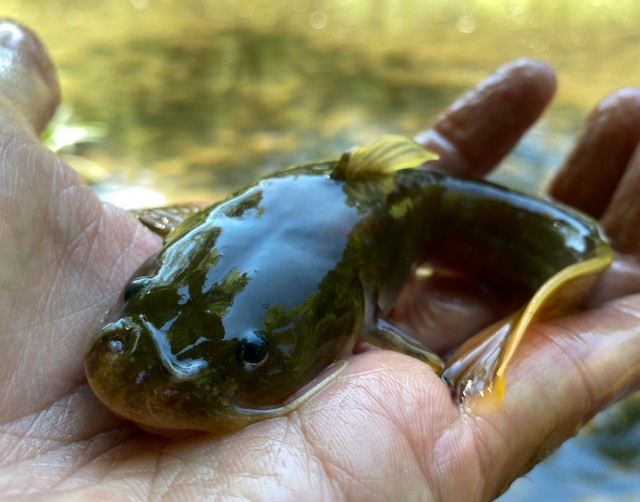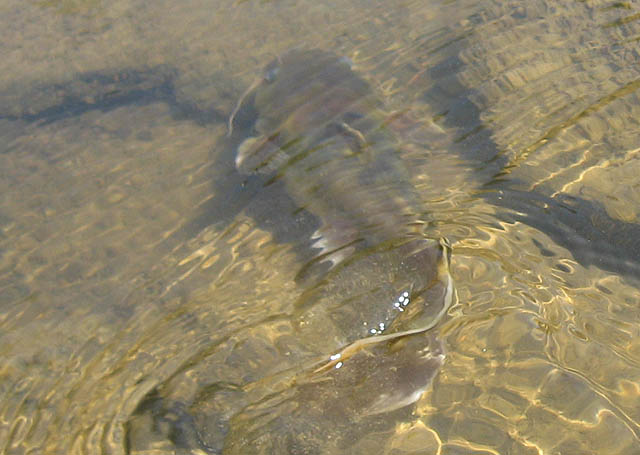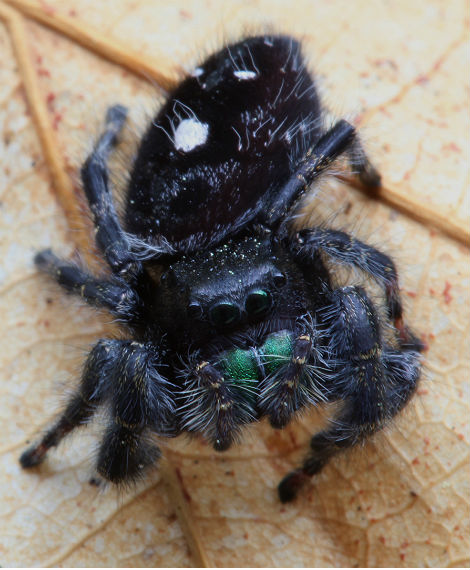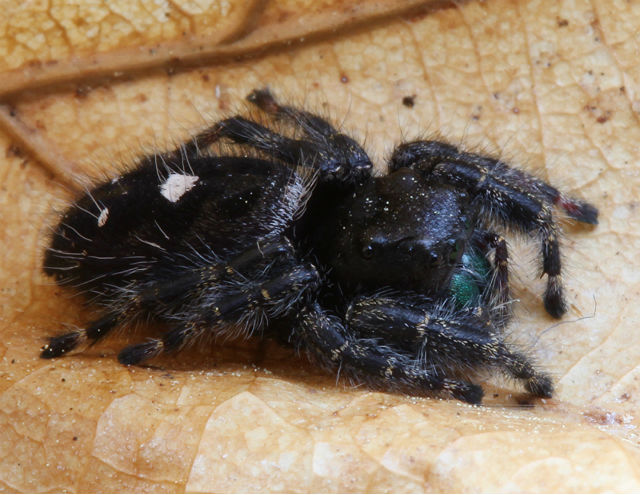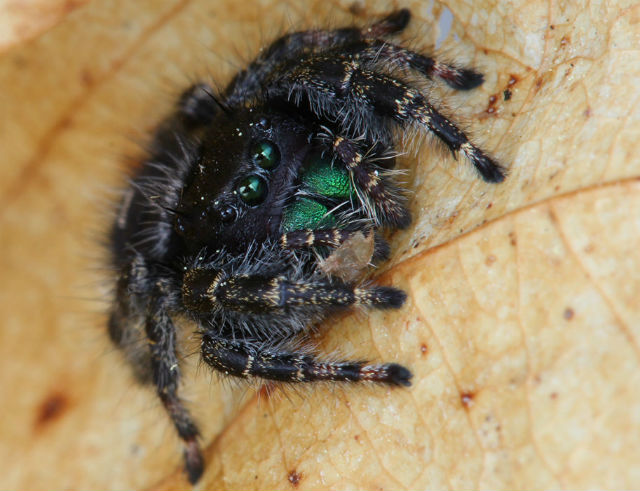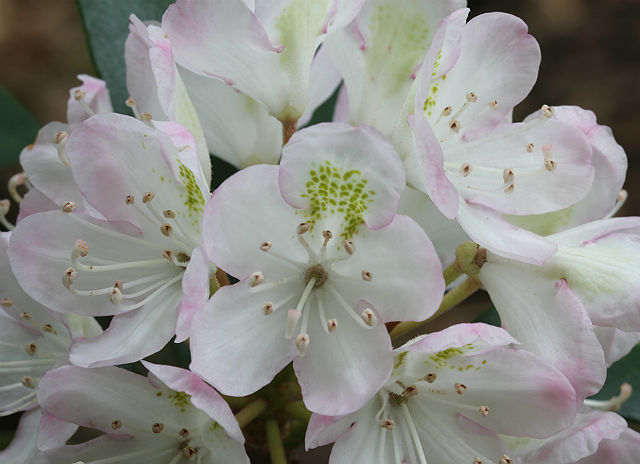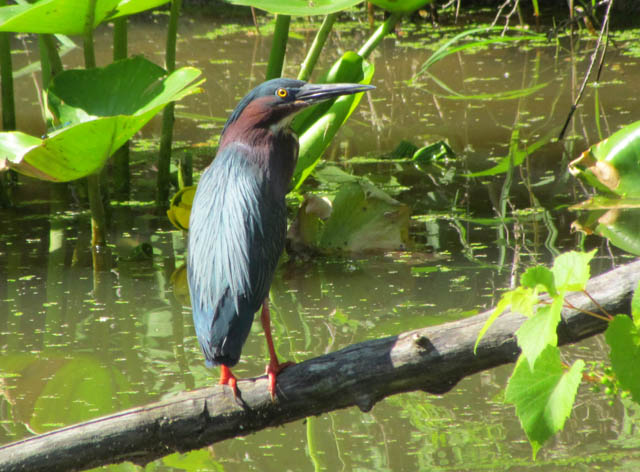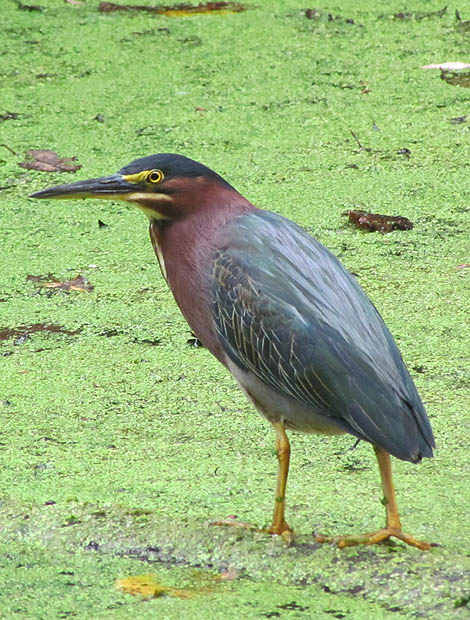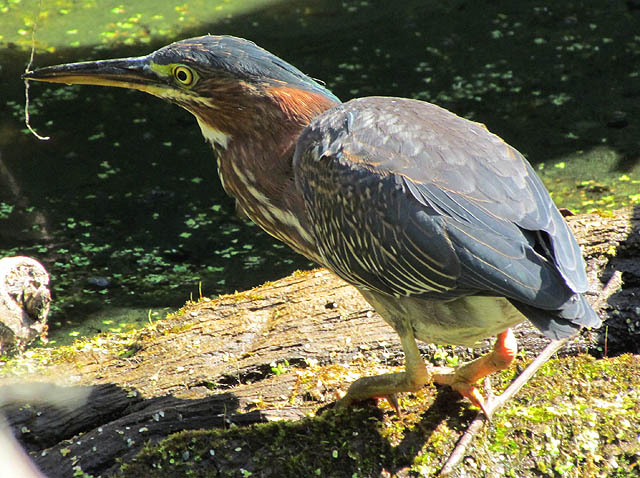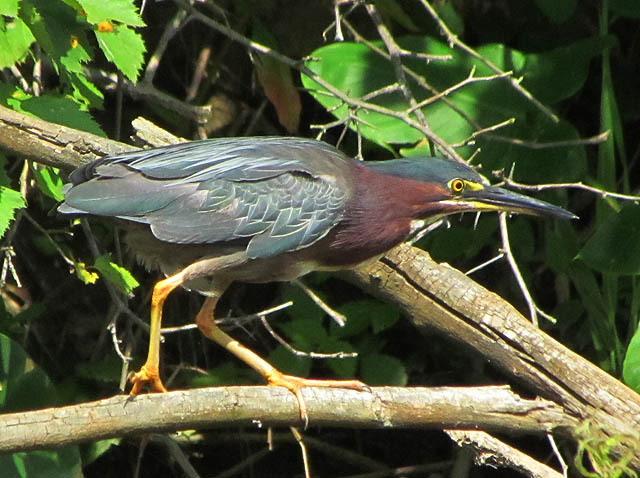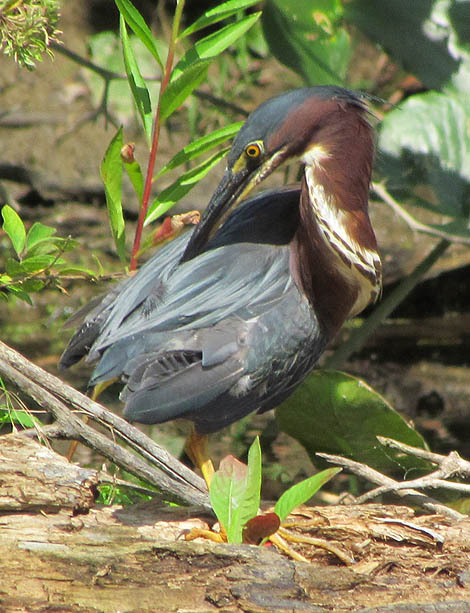
As its common name implies, the Red-eared Slider’s most distinguishing characteristic is the bright, red-orange patch behind each eye. The “slider” part of their name comes from their ability to slide off rocks and logs and into the water quickly.
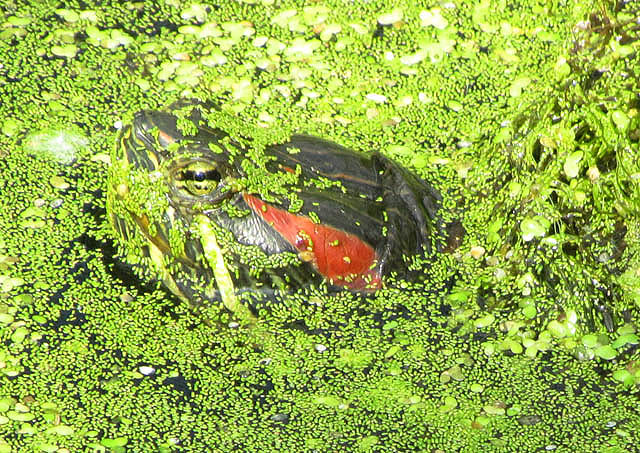
In central Ohio, it is thought that we have a population separate from its typical native North American range in the Mississippi River system, but now, you can see them in many lakes and rivers across the state.

This turtle lives in ponds, lakes, marshes, and in slow-moving rivers that have soft, muddy bottoms. Older makes sometimes lose most of their color and turn almost completely black. Here are a few I saw while visiting southern Illinois.
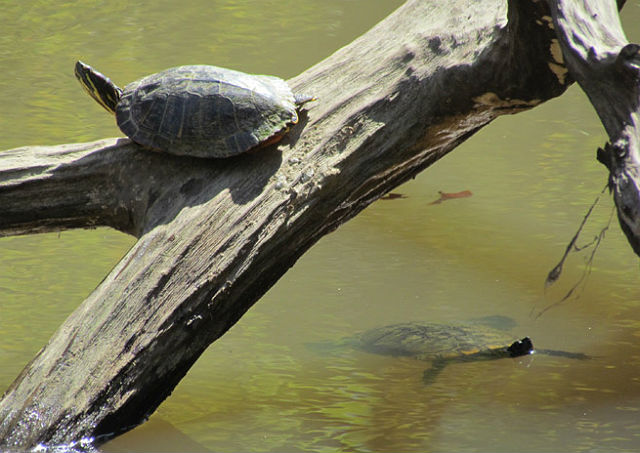
Red-eared Sliders are common in the pet trade and now live all around the globe. They are now considered among the word’s 100 most invasive species because as pets they are a lot of work to maintain, so owners release them into the wild.

Like many other aquatic turtles, the Red-eared Slider starts out life largely carnivorous, feeding on insects, tadpoles and other aquatic creatures. As it matures, it becomes largely herbivorous, feeding primarily on aquatic plants.
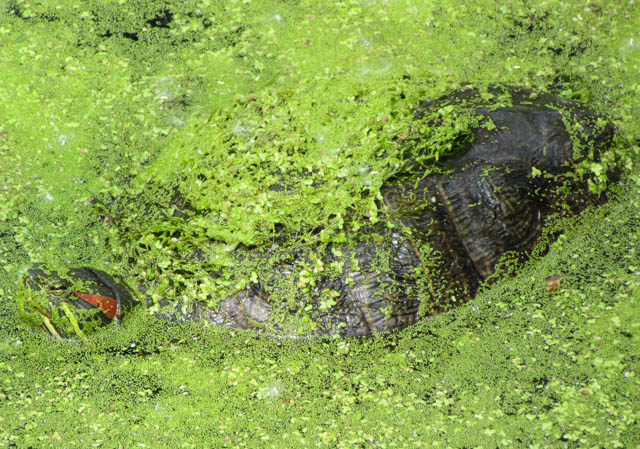
Red-eared Sliders can reach lengths of up to 12 inches, although 7 to 9 inches is more common; the females are typically a bit larger than the males. Males, kike this one, use their long fore-claws to tickle female’s head during courtship.
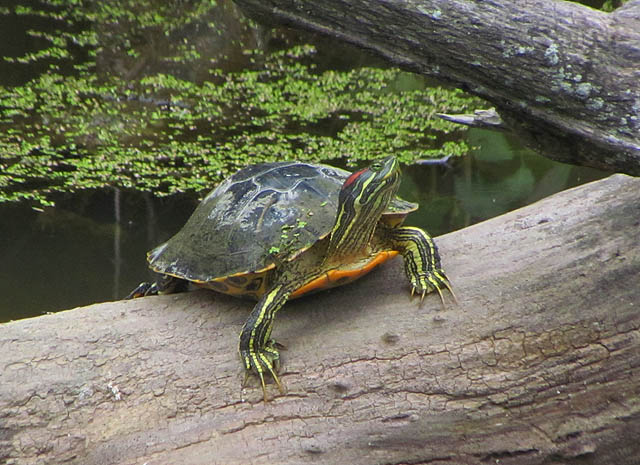
These reptiles may produce 3 to 4 clutches of eggs in a single year. Females will dig a nest three to ten inches wide and about four inches deep. The eggs are deposited in the excavation and carefully covered with soil.
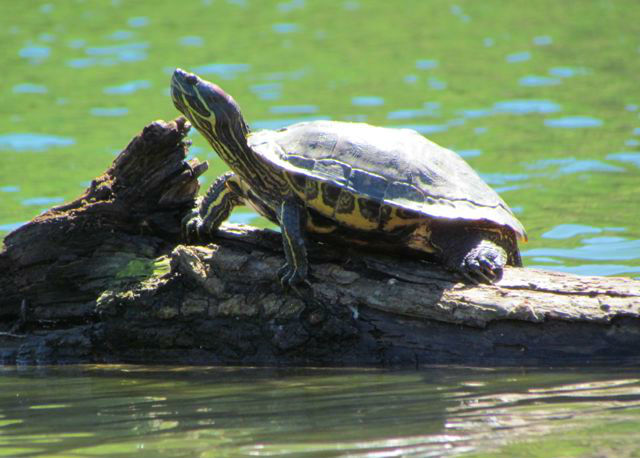
The young turtles hatch 60 to 75 days later. As is the case with many other turtles, the hatchlings’ gender depends on the temperature within the nest; if the temperature in the nest is relatively warm, mostly males will be hatched; if it is relatively cool, mostly females will hatch.
Third Eye Herp
E-mail



